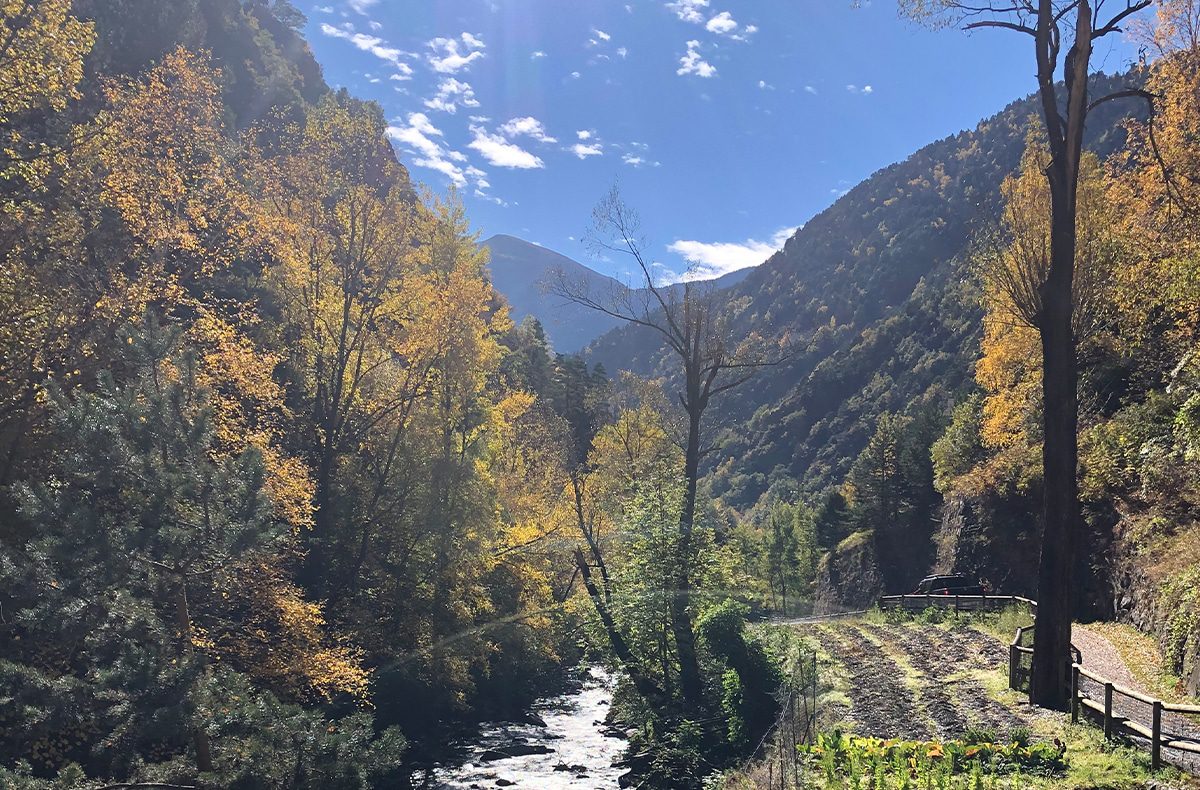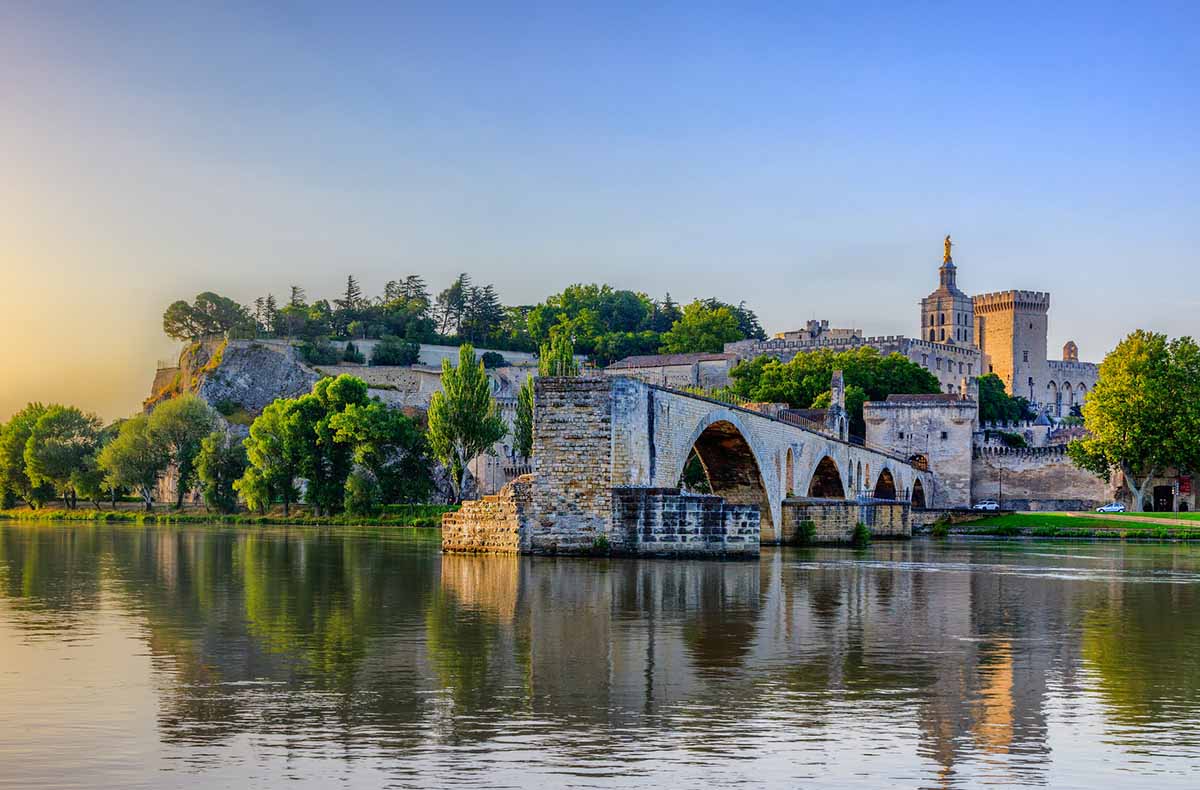
High in the Pyrenees Mountains, perched between France and Spain, sits the co-principality of Andorra. It’s the largest of Europe’s microstates, which is like being the jumboest of shrimps. With a population of under 78,000 and an area of just under 470km2, Andorra is but a dot on most maps — when the mapmakers bother to include it at all. Beloved by bargain shoppers who live just across the border and skiers looking for a cheaper alternative to the Alps, it’s largely unknown to everyone else.
For travelers who do make the roughly 3.5-hour drive from Barcelona or Toulouse, Andorra is also one of the most confusing places they’ve ever seen.
When Rick Steves first set foot in the capital city of Andorra la Vella, the world’s most famous travel writer was not impressed. “I remember thinking it felt like a big Spanish-speaking Radio Shack,” he wrote in an article for his popular blog. Steves made that observation in the 1970s. While much has changed in this tiny landlocked country since then, the architecture still leaves much to be desired. As Steves put it, Andorra la Vella “still retains the charm of a giant shopping mall.”
Steves isn’t wrong — a similar thought occurred to me when I moved here in the mid 2010s. It’s occurred to other travel writers as well. If you arrive in Andorra with visions of a mini-Switzerland (with better food and cheaper wine) dancing in your head, you’ll almost certainly be disappointed, or at least confused by the lack of picturesque chateaus and olde-timey cobblestone streets.
But let me suggest there’s still quite a lot to like about this place. And perhaps, in the process of discovering Andorra la Vella’s subtler virtues, you might change the way you think about traveling.
First, though, a confession. Andorra la Vella is indeed ugly, and it’s getting uglier by the year. The “city” (population: just over 20,000) is mostly a mishmash of mid-20th century bloc-style buildings that seem to have been laid out with all the care and foresight of a toddler tossing their Lego into a bin. A handful of new luxury towers — widely hated by locals for “eating the mountains” with their overpriced apartments and soulless IKEA-ass aesthetics — are now sprouting up like invasive fungi. I’ve tried for years to capture a flattering image of the city’s skyline without success.
However, to paraphrase Albert Einstein, judging Andorra la Vella by its architecture is like judging a fish by its ability to climb a tree.
To understand why, all you have to do is look up. The mountains that encircle the city are a brilliant green in the spring and summer, and a kaleidoscope of colors in the fall. In the winter, just after a fresh snowfall, they have a decidedly hygge-ish quality. And since the walking trails that run along the valley are just a short walk from the Centre Vila, you’re never more than a few minutes away from getting a new perspective on Andorra la Vella.
It’s hard to stay mad at this place when you’re strolling along the Rec de Solà, the trail carved into the sunny side of the valley. A tiny trickling brook runs alongside the stone path, which winds through terraced garden plots full of vegetables, tobacco, and the occasional olive tree. As the sun sinks into the west, you find yourself bathed in a gentle golden light that seems straight out of Tolkien’s Shire. Is it Instagrammable? Only in the loosest sense of the word, but when you’re up there, that feels irrelevant. It’s just nice, and maybe that’s enough.
On the other side of the mountain is the Rec de l’Obac. This one might be even prettier, especially at night when the trail is illuminated by lamp posts that give it the feel of an enchanted forest. Again, there are no spectacular expanses of lavender or selfie-friendly sunflower fields — just a quiet sense of well-being in the midst of the trees and the moss.
These are easy trails by Andorran standards, though more strenuous treks (and more photo-friendly scenery) are also close at hand. For the price of a few hours’ uphill exertion, you can find yourself in the Vall de Madriu-Perafita-Claror, a UNESCO World Heritage Site that boasts Sound of Music-style meadows where herds of unattended cows graze happily beside stone mangers built by shepherds many centuries ago. If you want to spend the night, sturdy refugis scattered throughout the valley can provide you a bed, a campfire, and a spectacular view of the stars.
Such pleasures are simple, and certainly not unique to Andorra la Vella. There’s nothing you can see here that you can’t see elsewhere, and probably with less driving involved. If you asked me to explain why you should visit Andorra instead of, say, spending a few extra days in Spain, I couldn’t give a snappy answer.
But I love this place just the same. My heart feels content here, even when I come down from the mountain back into the claustrophobic city center full of roaring motorbikes and impatient truck drivers. I find myself moving more slowly, thinking more slowly, feeling less judgmental of the world. I can sit down at Diva, my favorite riverside café, and order patates braves and an ice cold clara without wishing the plastic tables were cuter or the reggaeton music less loud. I can wander past the Zaras and Burger Kings to visit La Paperassa, the “weird old junk shop” where an old man tends to piles of yellowed newspapers, grainy photographs, and a truly bizarre collection of pins.
After a few hours in the mountains, it’s easier to accept Andorra la Vella for what it is.
Does this mean you should start planning a trip here? I don’t know. If you do find yourself in Andorra la Vella, though, I hope you’ll consider taking a little walk along the valley. You might not be stunned by what you see, but you’ll probably be delighted anyway.



